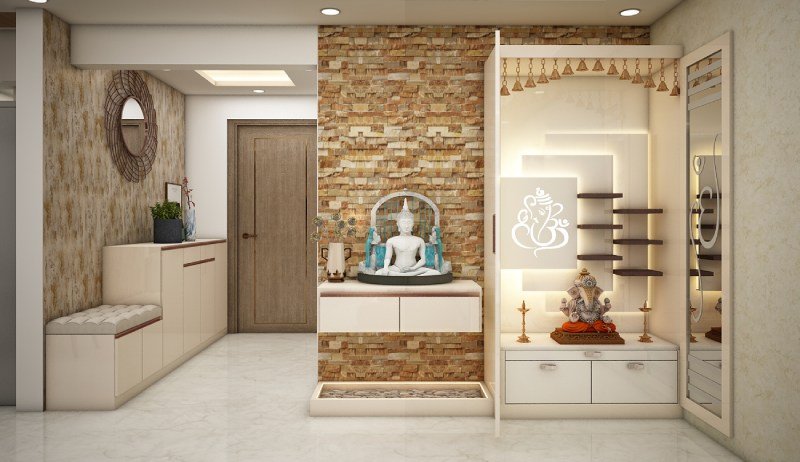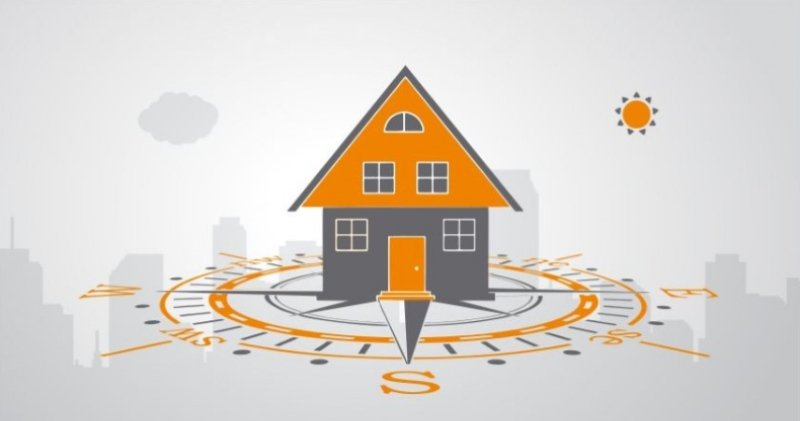Vastu Shastra refers to the age-old practice in the Indian subcontinent best known for its application in architecture and construction of buildings.
Some people believe that the construction of the house according to the Vastu shastra leads to good energies prevail and avoid the occurrence of problems of health and income regarding the house.
This article endeavours to give a basic insight on Vastu and its relevance in addition to the techniques on how the fundamentals of Vastu may be implemented to improve the standard of the place whereby one resides – one’s home.
The Importance of Vastu

- Prosperity: There is a tradition that adhering to the principles of Vastu can bring in wealth into your life.
- Harmony: It provides a suggestion only to ensure that the spaces created encompass harmony among the people living or working there.
- Spiritual Growth: In a way Vastu can help to balance the energy fields thus helping in one’s spiritual growth and his/her inner self.
Have a look at mirror direction as per vastu.
Key Elements of Vastu
The Five Elements (Pancha Bhootas)
- Earth (Prithvi): Symbolizes order and support/structure in a relationship.
- Water (Jal): Represents clearness, cleanliness and increase in wealth.
- Fire (Agni): Its meaning is closely associated with energy, as well as power and strength.
- Air (Vayu): Levels of change that imply physical and progressive movement forward.
- Space (Akasha): Symbolizes increase and freedom.
The Directions
These are energies and elements that are also attached to each direction. For instance:

- North (Kubera): People also associate it with wealth and prosperity because of its bright color and the endeavors mentioned above.
- South (Yama): Stands for strength and comfort.
- East (Indra): Is as informative as it is symbolical, portraying the beginning of something and its subsequent development.
- West (Varuna): Fulfilment and creativity were closely linked with organized associations.
- The Center (Brahmasthan): Spaces inside a building have their center that is the main area of the house or any construction and it should not be closed or filled by construction materials.
You should also know – Buddha statue for home vastu
Vastu guidance for Different Parts of your Home
- Entrance: The main door should also always be located in a favourable direction such as the north, the east or the northeast, as this will allow the entry of positive energy into your home.
- Living Room: Positioned to the far and the left side of the house or to the far end towards the northeast or the to the north or the east side of the house. Organise furniture well to make the room friendly and if the seats have to face east or north do it.
- Kitchen: It should be ideally located at the Southeast corner, which pertains to Agni or fire. In the event that it is established in the southeast region is not possible, the northwest takes the second place.
- Bedroom: Main bedroom should be in the direction of the southwest. The anchored place of the bed should be in the South or west direction to enable a sound sleep.
- Bathroom: More preferentially it is located towards the north-west or south-east side of the site. Bathrooms must not be located directly beside the kitchen or directly above it.
Pooja Room (Prayer Room)
Should be placed in the northeastern direction most often referred to as the Ishan Ghar. It must be especially clean and without many miscellaneous items around.

Common Vastu Tips
- Declutter: Space in your home should not be congested to facilitate energy movement in the house. One kind of energy is clashing with another; clutter stagnates and slows positive energy down.
- Colors: Use colors wisely. This makes it possible to record that light blue, green, and white are appropriate colors for the northeast while red and orange are ideal for the southeast.
- Mirrors: Do not have mirrors where you sleep or spend most of your time. If necessary, ensure that they don’t relate to the bed.
- Plants: Integrate northeast with plants for air purification and incoming positive energy. Forbid the plants with thorns and small trees in pots.
- Water Elements: Water fixtures like fountains should be placed towards the North or North-East since the energy of wealth and prosperity is located there.
Here is pooja room color as per vastu.
Modern Adaptations of Vastu
Nevertheless, it is noteworthy to point out that based on the Vedic science and the considerable experience in architectural design and construction, basic Vastu tips can be applied to the contemporary concept of dwelling and space in extended cities.

Here are some ways to integrate Vastu into contemporary homes:
- Open Floor Plans: There should be free flow of energy; therefore, there should be restricted divisions of the working areas.
- Technology and Vastu: It is advisable to position electronic devices like TVs and computers in the southeast or northwest to reduce susceptibility to ailments.
- Sustainable Living: Introducing technologies and resources in the construction of the dwelling places, that are environment friendly, with compliance to the principles of Vastu.
Read about – Living room colors as per vastu
Conclusion
The goal of the values and elements of sustainable living as outlined above is to improve the quality of life and strike a harmony in one’s lifestyle.
Whether one is constructing a new house or having changes to the existing one, Vastu can be incorporated and changes can be brought to make the lives of the inmates more satisfying and prosperous.


